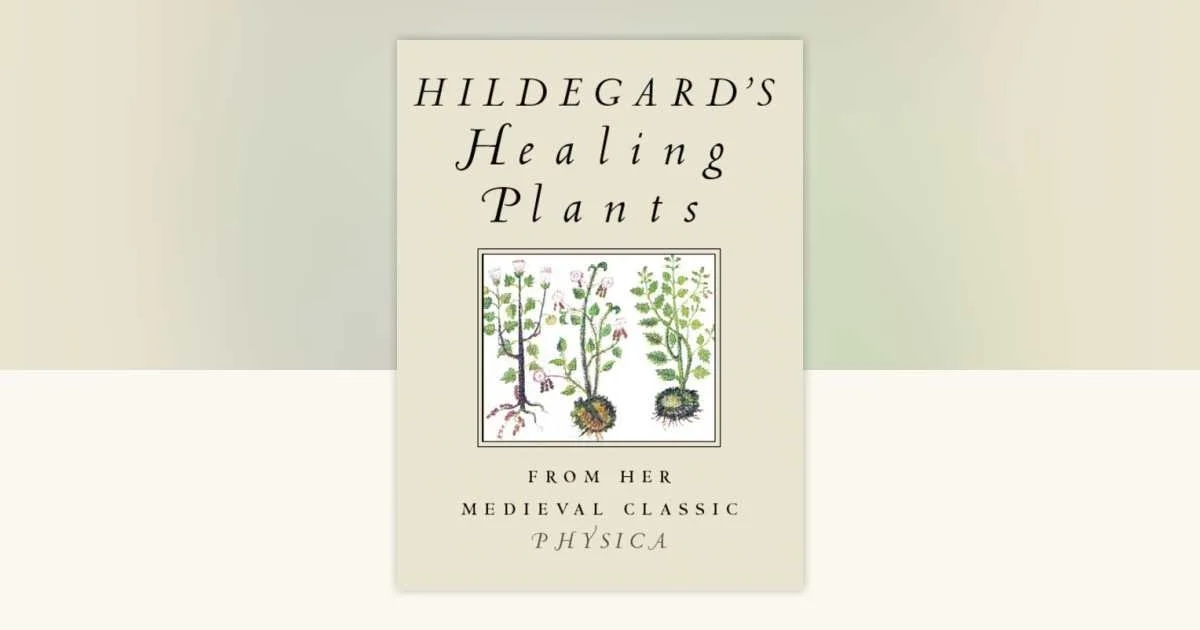~ Section 3 - Medieval Period, Styles & Epochs of Art ~
“Faith, Symbol, and the Enclosed Garden of the Soul”
After the ordered harmony of Classical Antiquity, Europe entered an age of faith. Between the fall of Rome and the rise of the Renaissance, the landscape turned inward. Monasteries, cloisters, and castle gardens became refuges of contemplation, where geometry served prayer and nature reflected divine creation.
© This article references early LASD Studio, Yura Lotonenko white-paper research (2011 – 2017) exploring intersections between Art and Landscape Philosophy
Video Episode of Section 3 — The Medieval Period
In this chapter, LASD Studio explores how faith, symbolism, and craft shaped the medieval vision of landscape. Through monasteries, cloisters, and fortress gardens, we trace how spiritual geometry and ecological wisdom evolved into the foundations of European horticulture and moral design.
Discover how faith, symbolism, and monastic ecology shaped medieval gardens and sacred landscapes. Project by LASD Studio
The Epoch Overview
Historical & Cultural Context
From the 5th to the 14th century, European art and architecture sought salvation rather than symmetry. The Romanesque and Gothic worlds shaped light and stone into metaphors of heaven. Within monastery walls, gardens offered order in chaos — a living reminder of Eden and the promise of renewal.
Fine Art & Aesthetic Principles
Illuminated manuscripts, stained glass, and mosaic floors replaced classical realism with symbolism. Space became vertical, aspiring toward the divine. The Gothic cathedral, flooded with color and sound, was itself a landscape — an ecosystem of light, proportion, and faith. Decoration carried meaning; every flower or fountain echoed Scripture.
Influence on Early Landscape Thought
The medieval garden, or hortus conclusus — “enclosed garden” — embodied purity and reflection. Quadripartite layouts mirrored the rivers of paradise; water and herbs healed body and soul. The garden was no longer a stage for philosophy but a sanctuary for devotion, where cultivated nature became prayer made visible.
Key Artists, Philosophers & Landscape Designers
Monastic Builders — Cistercian and Benedictine Orders
The Cistercians distilled simplicity into form: stone, water, and field arranged in silent balance. Their abbeys united prayer with production, turning valleys and rivers into self-sustaining landscapes — a model of ecological stewardship centuries ahead of its time.






Medieval Scholars and Illuminators
Writers like Hildegard von Bingen saw plants as sacred metaphors. In illuminated herbals, every leaf corresponded to virtue and healing. Art and botany intertwined, giving birth to the medieval understanding of the “healing garden.”
Islamic Garden Masters of Al-Andalus
Across the Mediterranean, Moorish Spain transformed geometry into paradise. At Alhambra and Generalife, courtyards and water channels united science, art, and spirituality. Their influence flowed into Europe, shaping the Renaissance vision that followed.











Main Landscape Architectural Features
Design Principles
Enclosure, axial cross, and symmetry guided by theology. Water symbolized purity; light and shade marked sacred time. The garden served as both microcosm and meditation.
Materiality & Plant Palette
Walled stone cloisters, gravel paths, fountains, and tiled basins. Lavender, sage, rosemary, rose, and lily — plants of healing, fragrance, and devotion. Materials were local, humble, enduring.
Evolutionary Interpretation
In LASD Studio’s view, the Medieval Period represents the first “closed loop system” in design history — an early ecology of meaning. Water was recycled, soil renewed, plants cultivated for medicine. The monastic landscape foreshadowed today’s sustainable cycles and regenerative design thinking.
LASD Studio Interpretation & Works
Designing Landscapes as Evolutionary Systems
LASD Studio reinterprets medieval intimacy and ecological balance through contemporary courtyards, healing gardens, and urban sanctuaries. Spaces of silence, shade, and sensory connection become modern hortus conclusus — places where biodiversity and human reflection coexist.

